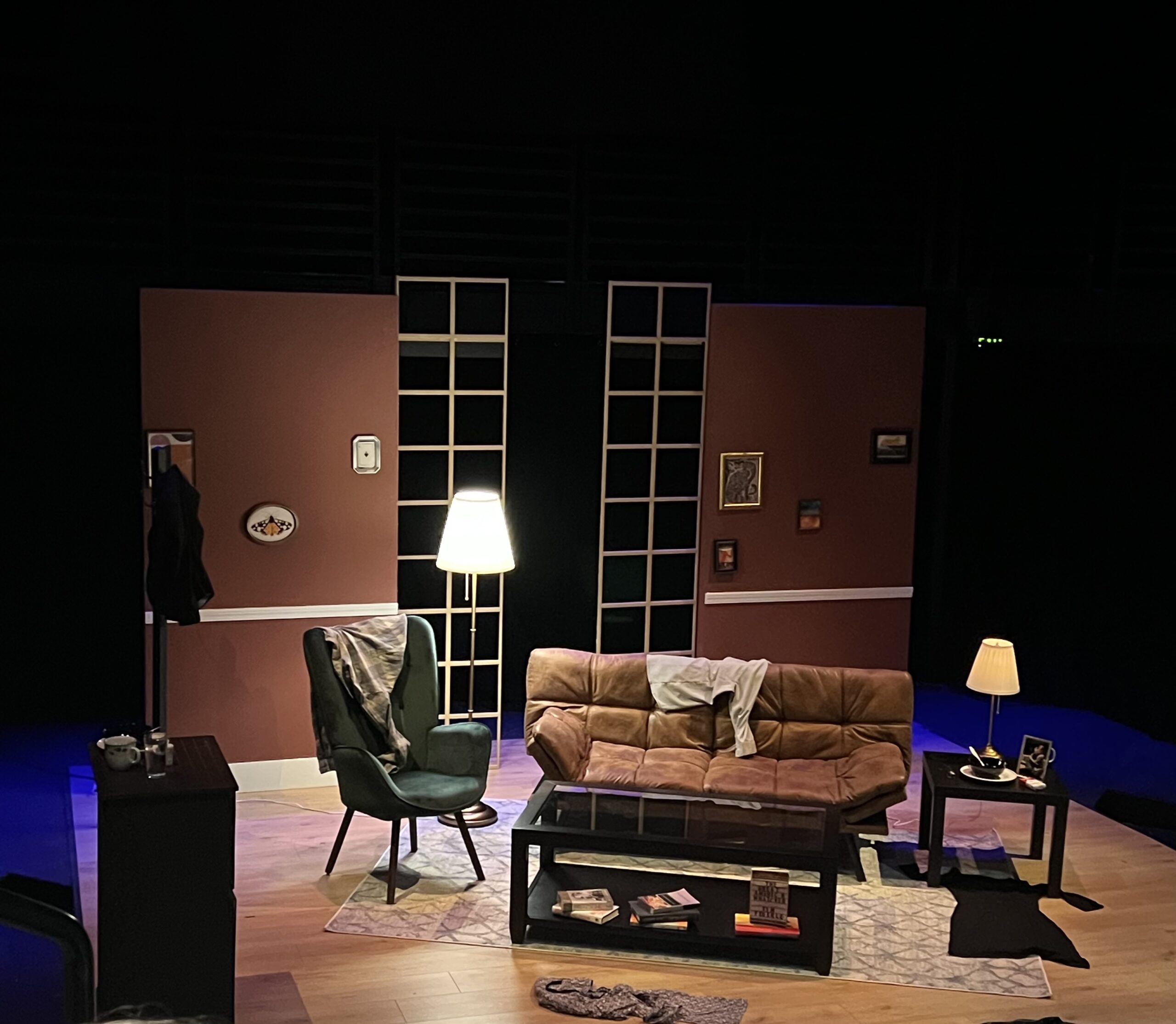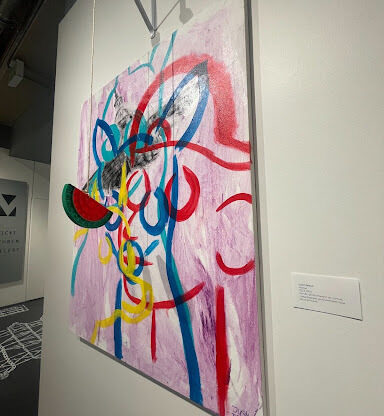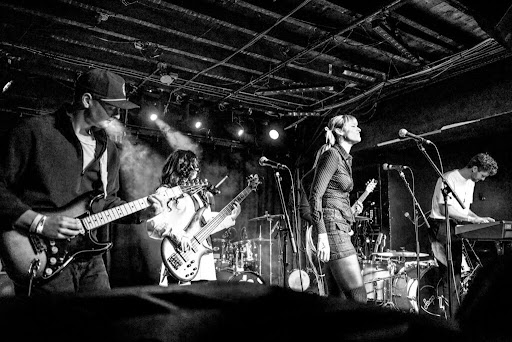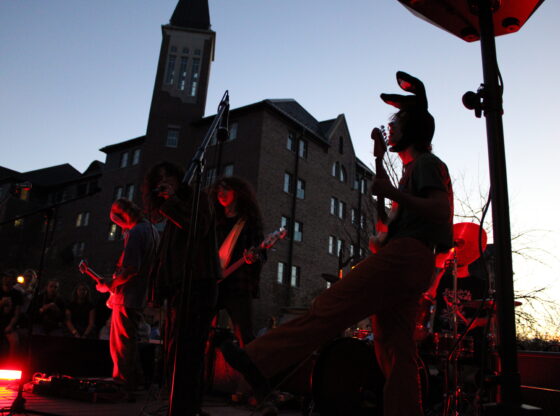The Lamont Horn Ensemble performed on Friday, Oct. 30, offering audiences a brief reprieve from the stress of this month. Coined An Evening of Trios, performers Caitlyn Achilles, Torrin Hallett and Vern Russell presented horn trios (pieces written for three musicians) and transcribed vocal trios from Western Classical composers Anton Reicha and W.A. Mozart.
Using instrument-adapted masks and appropriate social distancing, this performance was safely streamed on YouTube from room 130 in the Newman Center for the Performing Arts, allowing watchers to enjoy the show from the comfort of their own homes.
The first piece presented was No. 19, “Lento,” of Reicha’s 24 Horn Trios, Op. 82. Reicha (1770-1836) was a French composer primarily known for his woodwind quintets and heavily influenced by Mozart. This trio began by highlighting the voice of one horn with a soothing melody line. The trio then slowly unfolded into a regal section of arpeggiation presented by all three voices before tapering into a nicely resolved cadence.
The second trio was No. 22 “Lento sostenuto- Allegro spirituoso,” also from Reicha’s collection of horn trios. The performers switched parts and began the Lento sostenuto with a slow, dissonant section that quickly transitioned into an adventurous allegro spirituoso. Almost representing a call to battle, this piece felt darker and more urgent than the previous trio.
The third trio from this collection, trio No. 24 “Finale- Allegro scherzando,” returned the performance to a brighter, lively mood. Beginning with a bouncy main theme, this trio featured several sections of statement and repetition as well as impressive sections of fast runs. This trio showcased the Lamont Horn Ensemble’s dynamic range, as they melted and re-emerged from each other’s sound.
The second half of the concert featured transcriptions of vocal trios originally composed by Mozart and arranged by Friedrich Gabler. Mozart (1765-1791) was a prolific Austrian composer widely renowned for his influence on classical music. The first transcription, “Ecco quel fiero istante,” K. 436, felt more relaxed than the previous pieces. With many beautifully-sustained arching notes, the performers created a longing, melancholic feeling. It revealed the composer’s inspiration, even without the original lyrics of lost love and painful goodbyes.
The second transcription, “Mi lagnero tacendo,” K. 437 was a lyrical, sentimental and sweet piece. The performers’ sounds meshed together beautifully; it is obvious this trio is aware of how to balance their sound and utilize it so each voice is heard and supported.
The final piece of the night, “Dir, Seele des Welthalls,” K. 429 began with rhythmic unison between all three voices, creating a grand, operatic feel. The phrasing implemented by the performers gave the music a forward motion. There was an almost dance-like quality that ended the evening with celebration.
David Byrd-Marrow, Director of the Lamont Horn Ensemble and Assistant Professor of Horn, explained that the trio was created as a result of the pandemic. Many music students have chosen to withdraw from fall quarter, and as a result, Byrd-Marrow’s horn studio has shrunk. This gave his remaining students the opportunity to learn and perform trio repertoire that is otherwise not presented in the classroom environment.
Byrd-Marrow explained that the pandemic has called for other adaptations at Lamont. Ensemble sizes are half of what they were, rehearsal time is limited and instrument-adapted PPE has presented a learning curve for all music students.
“Because of COVID, everyone has stuff they are dealing with away from school… a lot of bigger obstacles that I don’t hear about,” said Byrd-Marrow. Despite these challenges, the Lamont Horn Ensemble will continue to create music. Byrd-Marrow’s goal is for the ensemble to perform once a quarter.











